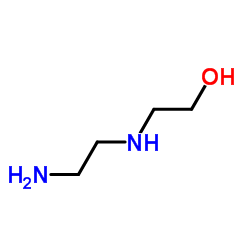Occupational dermatitis from soldering flux among workers in the electronics industry.
C L Goh
Index: Contact Dermatitis 13(2) , 85-90, (1985)
Full Text: HTML
Abstract
Although numerous occupational irritants and allergens have been known to cause contact dermatitis in the electronics industry, soldering flux is seldom mentioned. Soldering flux used in the electronics industry can cause both irritant and allergic contact dermatitis. Irritant dermatitis is commoner than allergic contact dermatitis. Aminoethylethanolamine, a constituent of some fluxes, is a sensitizer. Dermatitis tends to start over the periungual area and spread to the finger shafts and sometimes the wrists. The use of cotton gloves by workers appeared to aggravate the problem. Prophylactic measures are essential to prevent occupational contact dermatitis in workers handling flux in the electronics industry.
Related Compounds
| Structure | Name/CAS No. | Molecular Formula | Articles |
|---|---|---|---|
 |
2-(2-Aminoethylamino)ethanol
CAS:111-41-1 |
C4H12N2O |
|
Aerobic biodegradation of amines in industrial saline wastew...
2011-01-01 [Chemosphere 85(7) , 1199-203, (2011)] |
|
New Mn12 clusters with tunable oxidation states via the use ...
2007-10-01 [Inorg. Chem. 46(20) , 8111-3, (2007)] |
|
[Information from the Soviet Toxicology Center].
1982-08-01 [Gig. Tr. Prof. Zabol. (8) , 53-6, (1982)] |
|
Evaluation of the genotoxic potential of alkyleneamines.
1994-01-01 [Mutat. Res. 320(1-2) , 31-43, (1994)] |
|
Aminoethylethanolamine: a new allergen in cosmetics?
2001-09-01 [Contact Dermatitis 45(3) , 129-33, (2001)] |